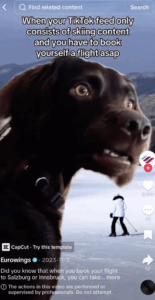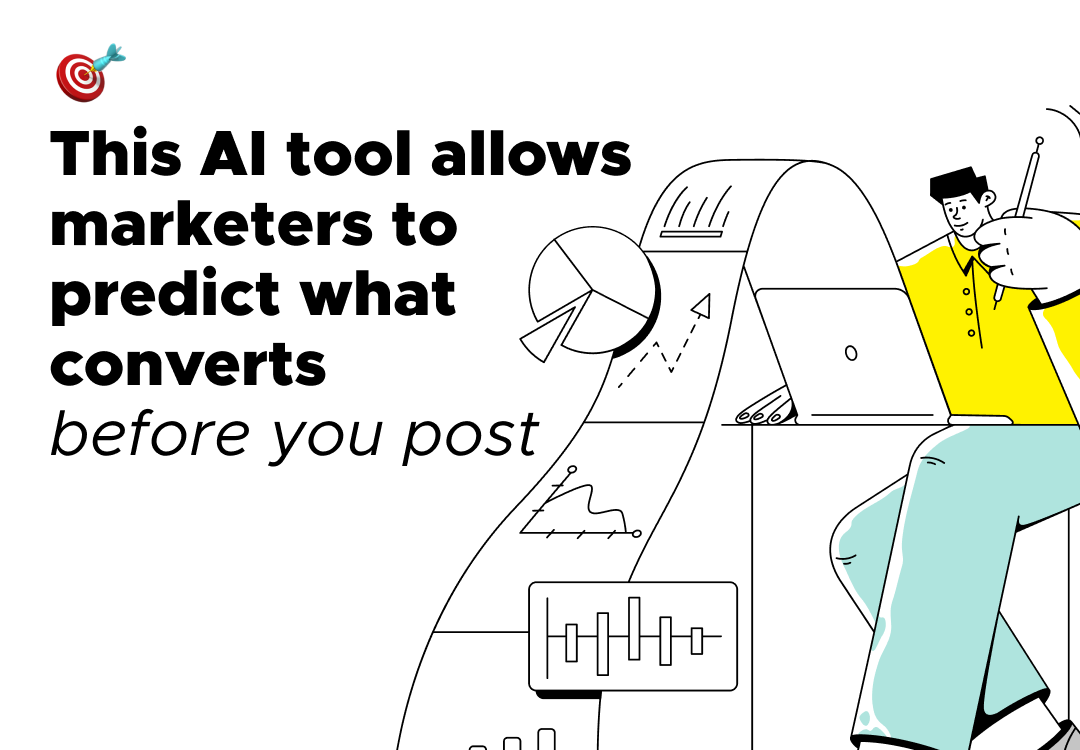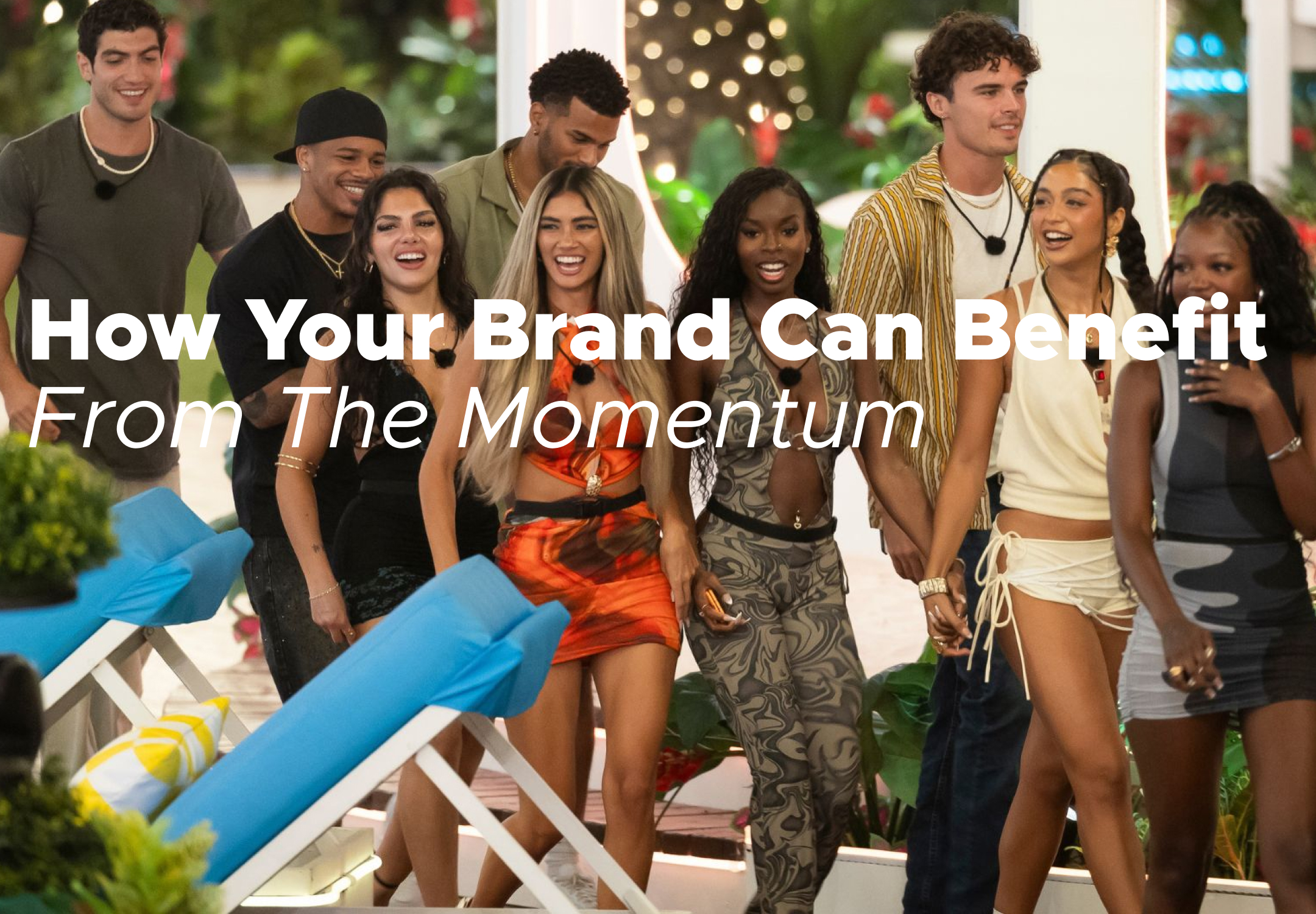Why First Class Fantasy and Budget Airline Banter Both Sell
From Emirates’ luxury dreamscapes to Eurowings’ budget banter, travel content thrives on social media by blending aspiration with authenticity. Discover how brands can turn flights into cultural moments and creators into strategic allies.
July 9, 2025

When it comes to airlines competing on comfort, Emirates Airlines has long positioned itself at the pinnacle of luxury – with cinematic storytelling and celebrity-fronted campaigns. Its now-iconic ad featuring Jennifer Aniston has resurfaced on TikTok, hailed as both aspirational branding and a self-aware parody of ultra-luxury air travel. In the spot, Aniston wakes up in a barebones aircraft – no bar, no spa – before jolting awake mid-dream in the plush, first-class comfort of Emirates.
But in today’s content ecosystem, it’s not the amenities that sell – it’s the story. Audiences engage less with the promise of luxury and more with how that promise is packaged and performed. On social platforms, creators – and the cultures they serve – shape the context. That’s why the Emirates campaign resonates anew: it’s cinematic, yes, but also memeable, ironic, and perfectly attuned to TikTok’s love of nostalgia and high-low contrast.
Luxury Is a Lens (And a Laugh)
Emirates understood early that luxury doesn’t necessarily translate into their service offering, but into a visual language. In the age of

social, travel has become a status symbol not just for the traveler, but for the viewer. Airport aesthetics, in-flight rituals, and destination reveals feed into a collective imagination centered on freedom, prestige, and self-expression. According to 2025 data, 83% of users say travel content influences where they go next.
Meanwhile, budget carriers are winning in a different lane: Ryanair and Eurowings have embraced humor and relatability,
turning delays and tight legroom into content gold. These skits and videos aren’t throwaway memes – they’re calculated engagement strategies that transform pain points into social currency.
Our work with Eurowings proved the model: by fostering community-led, humorous storytelling and treating social as a dialogue rather than a broadcast, we helped the brand grow its following by over 400K in just a few months.
See more of our success cases here.
Celebrity Power Meets Creator Influence
Jennifer Aniston’s casting wasn’t just about fame – it was about relatability laced with aspiration. Her amused frustration at thelack of an onboard shower invites the audience to laugh with, not at, the fantasy. This narrative bridge – between glamor and groundedness – is precisely what today’s top creators deliver.
Take Victoria Paris, a creator with over 2 million TikTok followers who regularly shares her travel experiences, from business class indulgences to coach seat realities. In many ways, she plays a modern, creator-driven counterpart to Aniston’s Emirates role: aspirational yet approachable. But unlike a scripted ad, Paris connects through lived experiences and relatability, making luxury feel within reach while building trust through everyday travel moments.
When Air France lost her luggage during a trip, she mobilized her TikTok following within hours. The brand responded quickly – not out of politeness, but because ignoring a creator with millions of loyal viewers is no longer a viable option. In 2025, creators don’t just drive impressions – they direct sentiment and brand perception in real time.
From Content to Culture
Travel content today influences and reshapes taste, inspires behavior, and creates moments of collective participation. Whether it’s a viral airport fit or a 15-second clip of a hidden beach, travel storytelling on platforms like TikTok and Instagram acts as emotional and cultural infrastructure. The brands that show up consistently, authentically, and creatively don’t just win attention – they shape the sensation itself.
For marketing leaders, this requires a reframing of social media’s role. It’s a space where culture is produced, negotiated, and monetized. And travel content, in particular, holds unique power. It taps into universally resonant themes – freedom, aspiration, humor – and packages them in formats audiences are primed to engage with. Whether the tone is sleek or self-deprecating, the strategy is the same: reflect your audience’s worldview back to them in ways that invite sharing, riffing, and reimagining.
Why Travel Should Be on Every Brand’s Radar
Travel content sits at the intersection of aspiration, identity, and entertainment. People relate to it in a universal sense. For non-travel brands, this presents a unique adjacency. Collaborating with travel creators or embedding brand narratives into travel contexts – airport rituals, hotel check-ins, packing content – offers a way to connect emotionally and culturally.
For travel brands, the imperative is even greater. Emirates turns indulgence into a narrative device. Eurowings transforms challenges into community. Both prove that when storytelling is shaped for the platform, not just the product, the result is resonance that travels further than any flight path.
In short: if your brand intersects with lifestyle, consider travel your creative ally. And if your brand is travel, understand this – social isn’t just part of your marketing. It is your marketing.
Latest News ☕

Use this new AI Tool to Predict What Converts in Each Market
July 8, 2025
🤖 For global D2C brands and CMOs, predicting what content will convert in each region i...

The Hottest Content of the Season: Love Island USA
July 7, 2025
Love Island USA is more than a show - it's a viral content machine. Discover how your bran...

This Agency Structure Beats the Multi-Agency Model (And Saves You Money)
July 6, 2025
💡 If you’re a global D2C brand or a CMO tired of juggling endless agencies, this arti...


